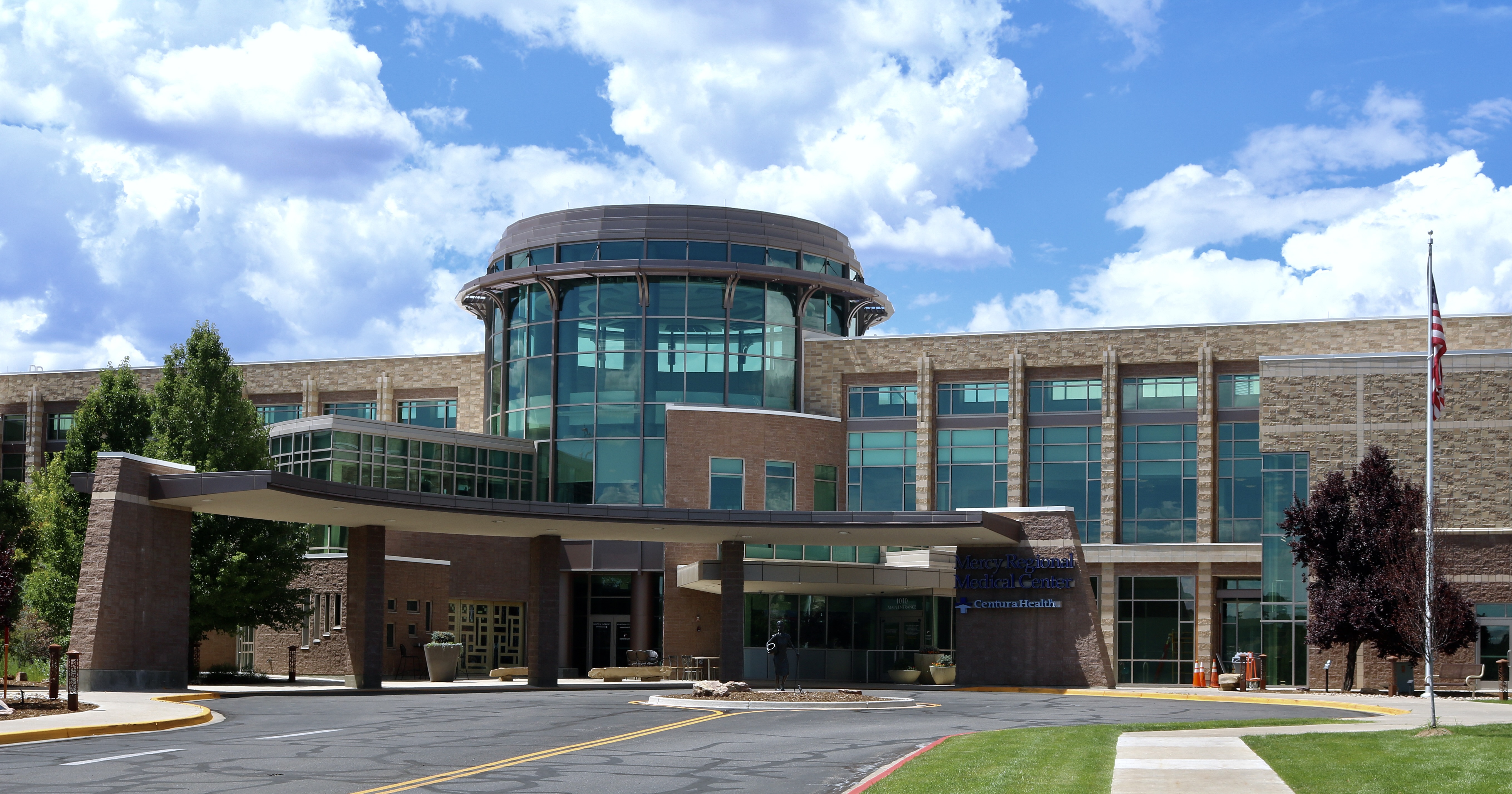 Since current diagnostic measures for can take up to three hours to complete, patients suffering a stroke - a condition in which 2 million brain cells die per minute - are particularly at risk for lasting impairments after treatment.
Since current diagnostic measures for can take up to three hours to complete, patients suffering a stroke - a condition in which 2 million brain cells die per minute - are particularly at risk for lasting impairments after treatment.
“Three-quarters of stroke patients suffer from ischemic stroke—a blockage of a blood vessel in the brain. In those cases, time is of the essence, because there is a good drug available, but for a successful outcome it has to be given within three or four hours after the onset of symptoms,” Roy Cohen, a research scientist at the Baker Institute for Animal Health at Cornell University says. “By the time someone identifies the symptoms, gets to the hospital, and sits in the emergency room, you don’t have much time to obtain the full benefit of this drug.”
But the outlook for stroke patients may have just gotten a whole lot brighter, thanks to a new technology that is able to assist doctors in diagnosing a stroke in under 10 minutes using a single drop of blood. The new technology, developed by researchers at Cornell University, uses enzymes in the blood droplet attached to nanoparticles to detect certain biomarker molecules and convert that signal into light. The presence of a light signal, then, tells the user that the biomarker (for example for stroke) is in fact present in the patient's blood, and a definitive diagnosis can be made.
The new technology comes in the form of a small, easy-to-use device which researchers believe holds the potential to be used in a variety of conditions right from the patient's bedside. Some other conditions the team hopes to be able to diagnose include traumatic brain injury, certain forms of dementia, some types of cancer and heart disease.
Researchers are in the process of working with a private company to prepare the technology for clinical testing, and hope to soon make it available for hospitals to use in daily diagnosis of a number of conditions.
Read more about Cornell's new technology here!
 Hannah Ostrem
Hannah Ostrem

 Since current diagnostic measures for can take up to three hours to complete, patients suffering a stroke - a condition in which 2 million brain cells die per minute - are particularly at risk for lasting impairments after treatment.
Since current diagnostic measures for can take up to three hours to complete, patients suffering a stroke - a condition in which 2 million brain cells die per minute - are particularly at risk for lasting impairments after treatment. ![[PRESS RELEASE] Published Research Finds Up to 31% Faster STEMI Treatment Times in Rural Hospital Setting with Pulsara](https://www.pulsara.com/hubfs/_1_website-page-blog-assets/pulsara-hosp-teams-assign-cardio-stemi-rn-1200x701.jpg)

